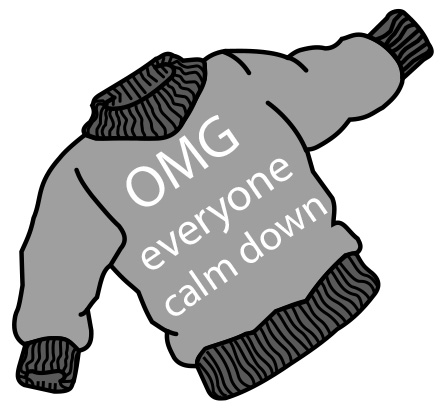By Alyssa Fountain, Guest Columnist
The fashion and philanthropy of Toms products arrived at the Garfield Book Company at the start of the school year. Toms’ campaign, One for One, benefits children in disadvantaged countries all over the world by giving them a pair of shoes for every pair you buy.
The wider population also benefits as, every piece of eyewear you buy pays for a pair of prescription glasses, medical treatment or cataract surgery for people in disadvantaged countries.
It is fantastic that we can use a little bit of our money to make an impact in one child’s life. Every child will remember the sense of pride they feel when they walk to school wearing shoes for the very first time.
In African countries for example, most children who walk barefoot suffer from severe abrasions on their feet due to rocks. To make matters worse, rural villages are often germ-ridden environments, which can mean that the abrasions will become infected.
During the rainy season when everything turns to mud, bugs known as “jiggers” burrow into the children’s feet, lay eggs and then erupt from a large, painful, itchy bubble, leaving a gaping wound. A simple pair of shoes would protect a child from this.
Moreover, Toms’ One for One campaign with the eyewear is magnificent. With that one purchase of eyewear, you can give sight to a person in need of glasses, medical treatment or even cataract surgery through the Toms organization.
Blindness is a huge problem in the developing world, as often people do not have the resources to attain reasonable medical care or cataract surgery, and therefore many become homeless dependents.
I have seen the lines of 50 people on any given day waiting for cataract surgery at the free clinics. If they don’t get in that day, then they will be back at 5 a.m. for their next opportunity. Every day Toms dedicates to providing cataract surgery will impact a vast number of lives.
Some people raise concerns about Toms for several reasons. First of all, the same shoes you buy in the U.S. are the ones given in rural villages in the Congo.
These will not last long, since in the dry season the shoes will be battling rocks and sliding down silt roads and in the wet season they will be caked with red mud.
They will often cause some harm to the children’s feet as the feet will soften while accustomed to wearing shoes. Once the shoes are gone, the children will be more at risk for injury.
These shoes do not take into account the climate differences and are unsuitable for walking miles on mountain trails every day to and from school. However, Toms does supply winter boots instead in areas where severe winters are a problem.
Further, the eye care poses a problem. If it is true that one set of eyewear equals care for one person, then surely not everyone will be able to be helped. The clinics will turn away countless numbers of people as Toms fall out of popularity.
This is clearly not a permanent solution, but it helps the situation.
Hopefully while we go through our college lives of keeping up with these trends, the Toms campaign will instill a value of care for the rest of the world. When we go out and begin our careers, maybe we will be inspired to help the underprivileged parts of the world.
The act of buying shoes with the intent of benefiting a child in a rural village is a wonderful way to get your toes wet — water does soak through canvas — in the philanthropic world. I am excited that PLU is getting its toes wet by selling Toms.

















